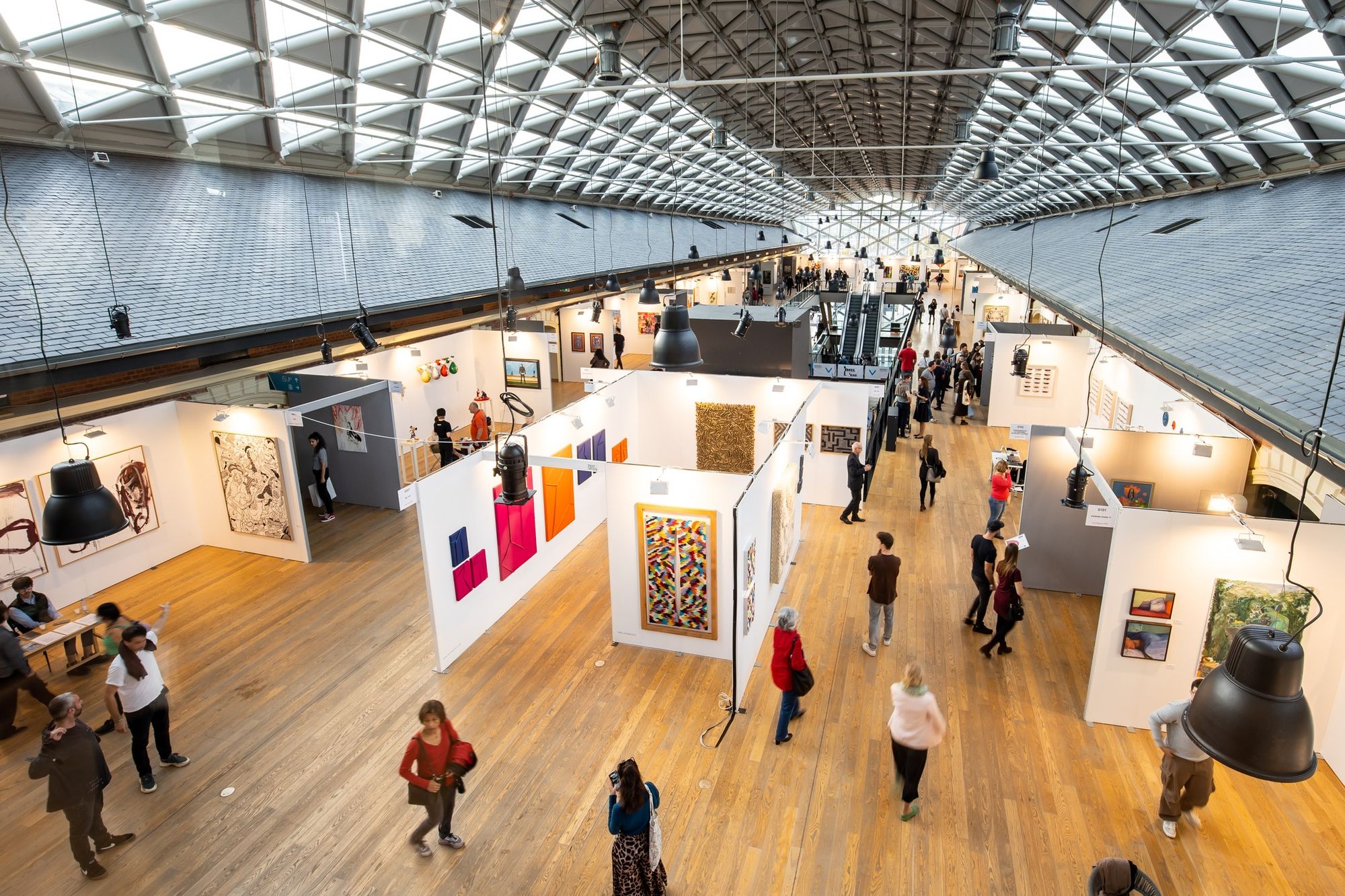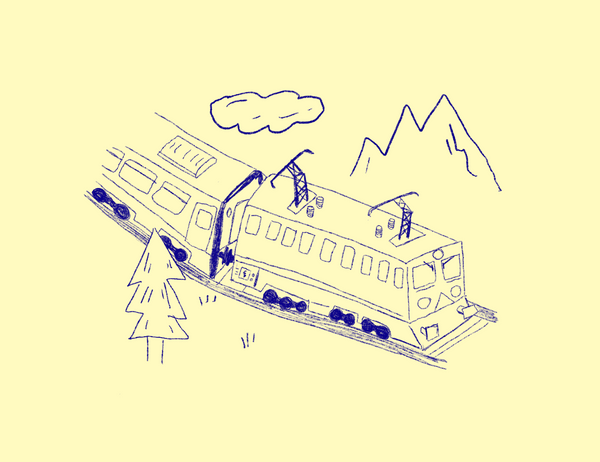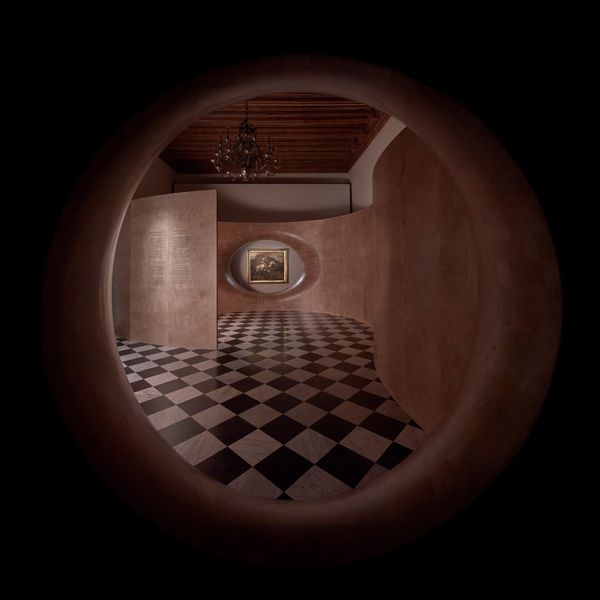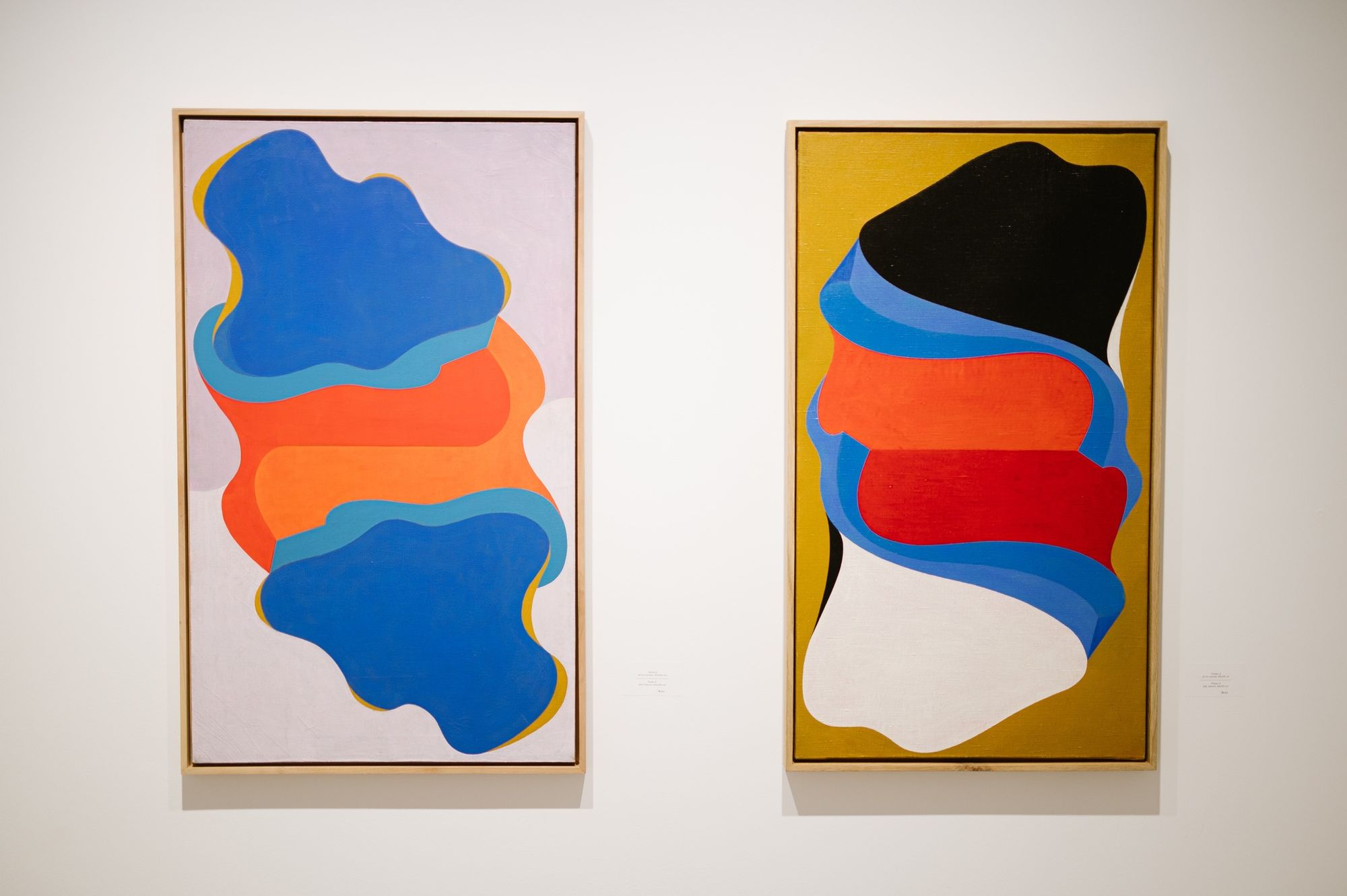Last weekend, Hungary was again the art center of Central and Eastern Europe for a few days: at the Art Market Budapest, exhibitors from four continents gathered in the Bálna on the Danube. The guest of honor was Serbia, whose contemporary art scene was presented by exhibitors and panel discussions.
The artists from Serbia not only exhibited in the market area, but their role as guests of honor expanded into an art festival called MOST.SERBIA. As part of this, contemporary Serbian works were shown at several venues in Budapest. For example, at the Collecting Serbia—Public Hobby exhibition in the Gabor M Szoke Studio, in Csepel Művek, visitors could get to know the highlights of Serbian Nenad M. Kostić’s collection. With the participation of Serbia, the organizers tried to emphasize the fact that Serbian contemporary art rightly demands more visibility in European art life on the basis of its quality and richness. This was also examined at the Inside Art conference on the top floor of Bálna Budapest, the side event of Art Market. Here, a special day was dedicated to Serbia on 6 October, which was opened by the Assistant to the Minister of Culture and Information, Radovan Jokić.

Blending in or remaining unique?
One of the most important events of the day was the evening panel discussion, which analyzed the future of the country’s contemporary art and its role in Europe. The evening was moderated by Ksenija Marinković, director of the X VITAMIN Gallery in Belgrade, who held the discussion with Alexandra Lazar, art historian and curator living in London, Vesna Latinovic, founding director of the Festival of Contemporary Art Danube Dialogue in Novi Sad, and Gunnar B. Kvaran, curator from Oslo. In their view, Serbia has special reserves, which the global art market is not fully aware of so far. This is partly due to the fact that local galleries are represented at few art markets, despite the relatively large number of private commercial galleries in the country—which is why participation in the Art Market Budapest was an important step.

Although it is a long and difficult process to get into the mainstream from the periphery, promising steps can already be observed: in 2022, Novi Sad is the European Capital of Culture, which attracts activity and people to the region, and also promotes Serbia’s EU accession aspirations. This would open two gates for Serbian artists: either blending into the European artistic ecosystem or trying to prove that local artists bring value to the cultural life of the continent with their exceptional approach. Experts do not yet know which path can lead to success, but it is more likely that the country will need both to bridge the gap between Southeast and Western Europe. The speakers also discussed the question of whether it is worthwhile to continue to divide the world to regions in the age of globalism, when trends and tendencies often reach all over the globe at almost the same time.
More information about the programs: artmarketbudapest.hu
Opening photo: Mira Brtka’s art
Photos: Art Market Budapest

A single European railway network for a connected Europe?

Unity in Diversity—Latin America with a touch of Hungary, Part II










